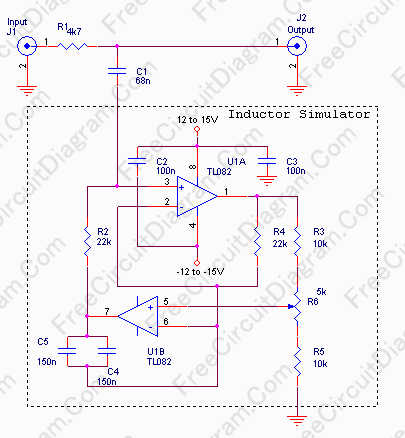Hum Filter, An Ultimate Weapon To Remove AC Line Noise

You might think that hum noise is produced by electronic device with improper design, yes you’re right. And you might choose to solve the trouble maker, the source. You begin to check the grounding, the cabling, casing, and many more things you can do to eliminate the hum heard from your amplifier. You might put yourself into a trouble if the hum can’t be eliminated and you don’t realize that the source is not come from your equipment that you have the access to fix it. For the source come from mp3 player powered by you AC to DC adapter, you might check for the ripple from your power adapter and fix it by adding a good regulator. If you find that the source is coming from your television audio output or from your desktop PC sound card, and you don’t want to thinker them, then the circuit in this article would be very helpful.
The hum noise, in the most cases, is caused by AC power line noise, a static frequency around 50-60 Hz, depending on the system on your country. The circuit schematic diagram is shown in the figure below.
The circuit is a notch filter, a filter that remove a spot (or a very small) area in the frequency domain. Ideally the notch filter remove only a single frequency, but practically it also attenuate other frequency around the spot.
The circuit is based on inductor simulation using active component (op-amp). The equivalent inductor value simulated by this circuit is R2xR4x(C4+C5). You can replace the circuit in the dashed box by a single component: an inductor. Here you find that small component count in electronic circuit design is not always good, because you need an inductor with 150 Henry to replace the simulator circuit to notch out the 50 Hz signal, it’s hard to imagine how big its size and how expensive its price is. Make sure that C2 and C3 are placed as close as possible to the op-amp power (Vcc and -Vcc) pins to stabilize the supply from glitch noise. You should adjust R6 potentiometer slowly to set the cut frequency at your power line frequency. This circuit is good for your hi-fi amplifier, recording device, or spectrum analyzer.